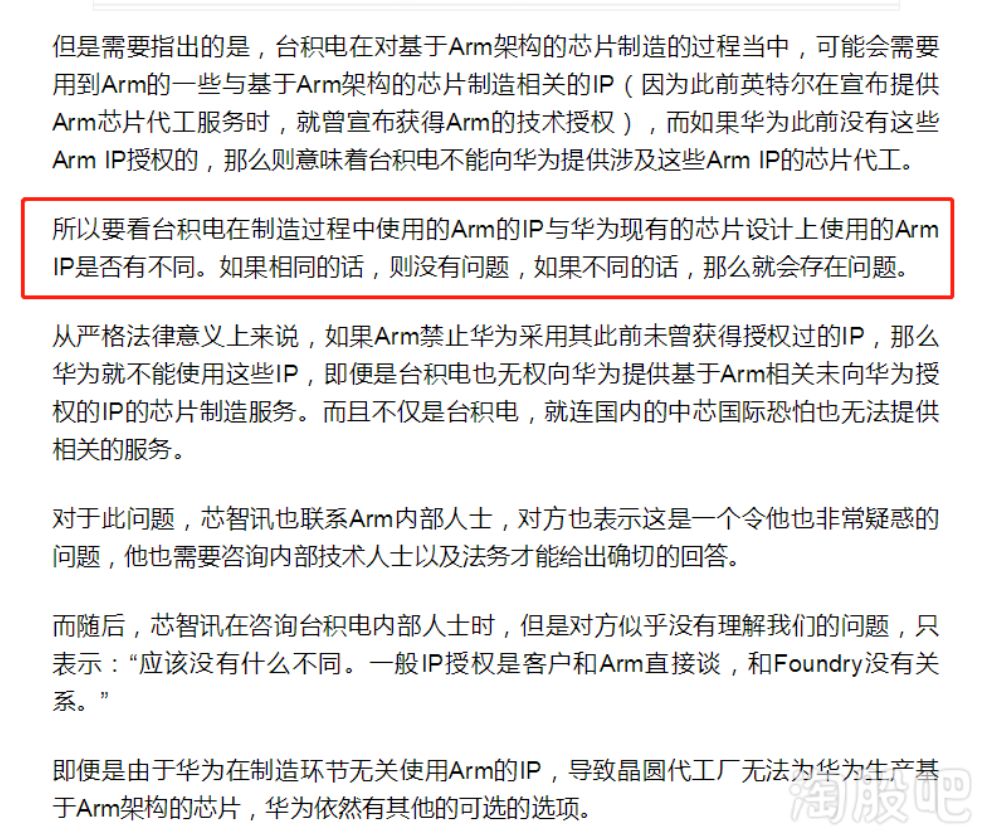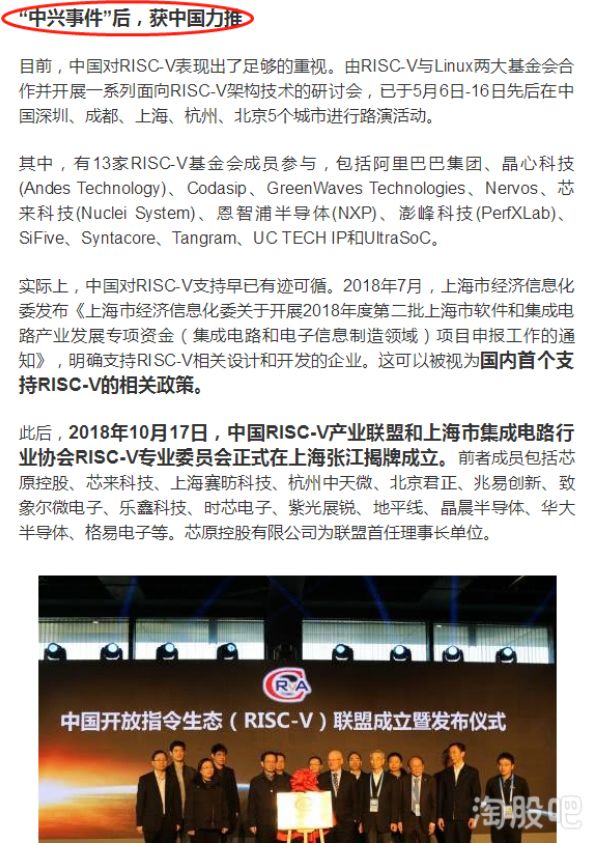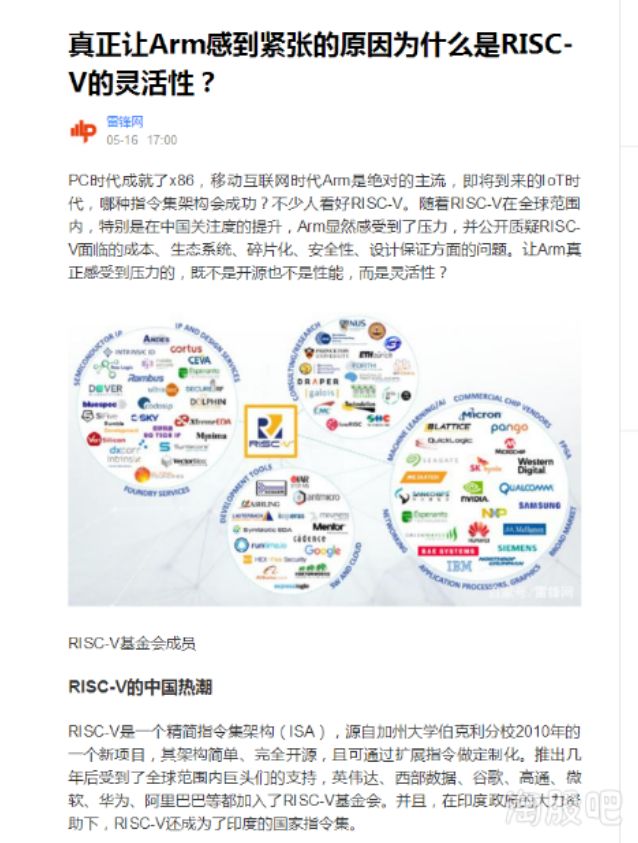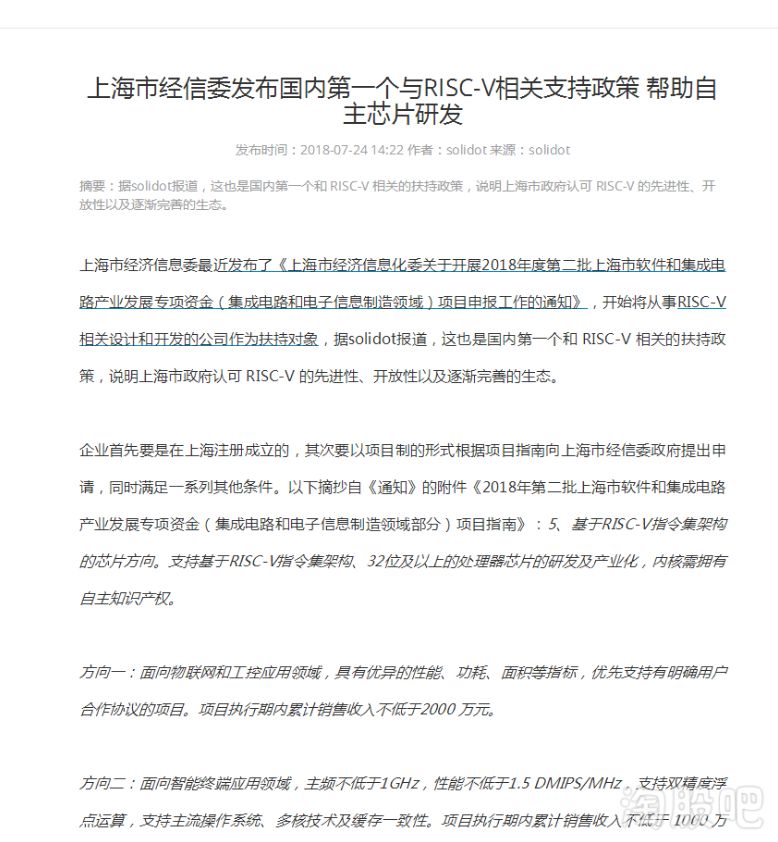
1
Last night, the news broke that ARM has suspended its cooperation with Huawei, yet major financial news outlets have collectively remained silent on the matter; the deeper meaning of this is left for you to interpret!
Now, let’s talk about the ARM architecture. Currently, Qualcomm, Apple, and Huawei dominate the smartphone chip market. Most domestic and foreign manufacturers use Qualcomm processors, such as Xiaomi, OPPO, vivo, etc. Huawei has its own Kirin processors, while Apple relies on its A-series processors. Do you know that these processors developed by different companies share a commonality? They all utilize the ARM architecture.
So, here comes the question!
Huawei’s Kirin processors have secured a permanent license for the ARMv8 architecture, but the future remains highly uncertain! This architecture also involves TSMC, and even a permanent license is not guaranteed; ultimately, it will depend on ARM’s official statements.


Do we really have no way to deal with them? The answer is yes!
After the “ZTE incident,” China is vigorously promoting the RISC-V architecture to challenge the giants ARM and Intel! The globally open RISC-V architecture has no intellectual property restrictions, which presents a great opportunity for China. Due to the high licensing fees of ARM and Intel’s near-closed doors, RISC-V is gradually entering a development boom worldwide. Meanwhile, after the heightened attention from last year’s ZTE incident, the China RISC-V Industry Alliance and the China Open Instruction Ecosystem (RISC-V) Alliance have been established.
Currently, RISC-V is further expanding its development within China. Starting from May 6, 2019, RISC-V has collaborated with the Linux Foundation to conduct a series of seminars focused on RISC-V architecture technology, touring five cities in China: Shenzhen, Chengdu, Shanghai, Hangzhou, and Beijing over 11 days, to promote the industrialization of RISC-V in China.
In fact, among the global microprocessor instruction set architectures, Intel’s X86 and ARM architectures currently dominate the mainstream market. Fang Zhixi, Chairman of the Advisory Committee of the RISC-V Foundation China, recently stated that in the era of the Internet of Things, if RISC-V can fully leverage its advantages, it will pose a challenge to Intel’s X86 and ARM, potentially becoming the industry leader.
He also mentioned that previously, Loongson’s approach of “doing it behind closed doors” and other domestic companies following their competitors’ lead was not feasible. If project and funding investments are increased, RISC-V represents a great opportunity for China. Currently, the RISC-V market is primarily concentrated in IoT, controllers, dedicated chips for data centers, and edge computing.



2
Next, let’s uncover some related concept stocks.
1. Beijing Junzheng
Previously, Beijing Junzheng stated on an interactive platform that the company’s CPU R&D team has begun developing CPU cores based on the RISC-V instruction set.
2. Feilixin
On September 30, 2018, Feilixin completed basic testing of its self-controlled MCU chip centered on the RISC-V instruction set. This MCU chip belongs to the 32-bit microcontroller category and will optimize two application scenarios: low-power wide-area network communication technology and battery management systems in the future.
3. Gigadevice
Its wholly-owned subsidiary, Silimicro, is developing embedded AI processing chips based on RISC-V.
Finally, there are Huasheng Tiancai, Skyworth Digital, and TCL Group!
Note: The stocks mentioned are for reference only and do not constitute buy/sell recommendations. Investment involves risks; please proceed with caution!After reading, click the “See” button in the lower right corner; it’s a good habit!
Taoguba has now settled in
Today’s headlines|Qutoutiao|Sina Kdian
Baijiahao|Sogou|Sohu
Big Wind|Penguin
Click the upper right corner
Share to Moments
Taoxian God’s commonly used low absorption strategy is finally public! Friends, come quickly to watch! For details, quickly check out Taoguba’s hot topics→Exposed: Taoxian God’s commonly used low absorption strategy illustrated!


